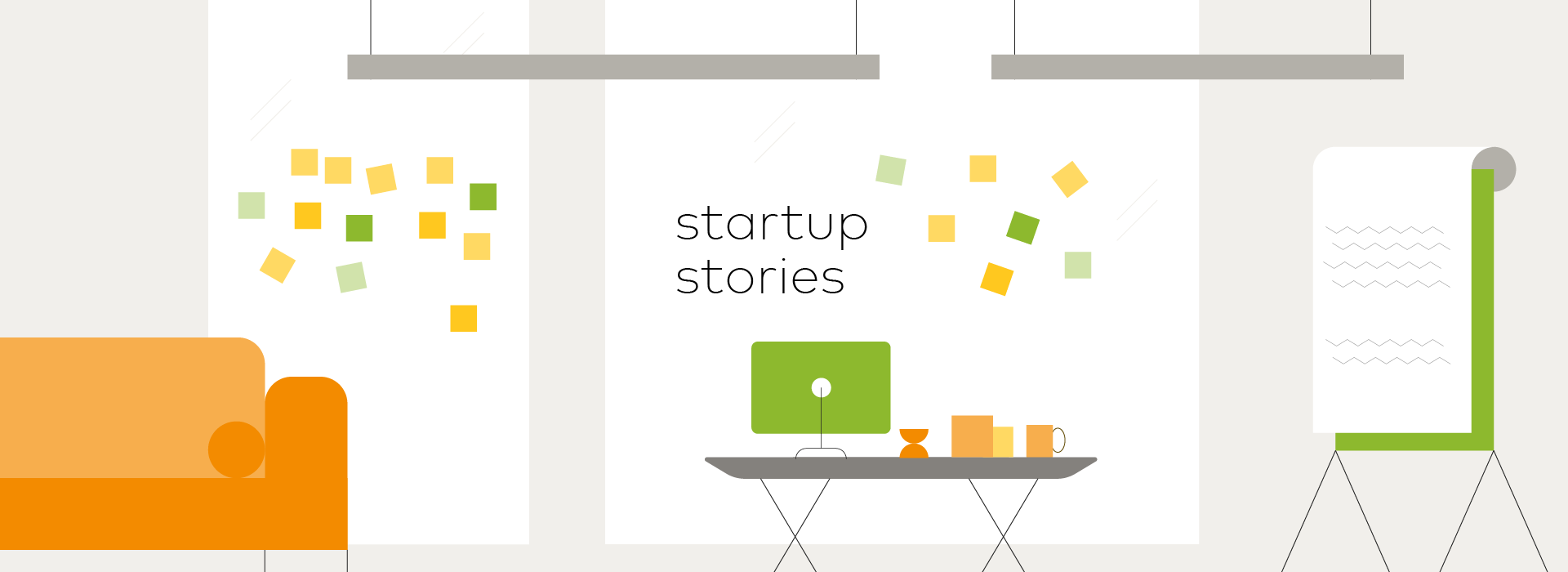
Point of contact: A tablet might spur confidence in restaurant reopenings
June 15, 2020 | By Kristin KloberdanzOutdoor seating in empty parking spaces. Plastic dividers between tables. Capacity at 25%. These are all ways restaurants are trying to reopen safely in a COVID-19 world. But one strategy that could be key to minimizing contact has actually been a mainstay in recent years in a number of casual-dining restaurants: the tabletop tablet.
Dallas-based Ziosk, which joined Mastercard’s Start Path startup engagement program in December, had 190,000 tablets at restaurants in all 50 states in pre-pandemic days, with more than 70 million guests using a Ziosk screen every month. Its thin touchscreen tablet, with secure pay-on-demand functionality, can be found at tables in Olive Garden, Red Robin and Uno Pizzeria & Grill, among others. It allows diners to order food and drinks, close and pay their checks, fill out surveys and even play games without interacting with a server. Last year alone, the company handled $9.1 billion in payments for its merchants.
Then came 2020. The first publicized case of COVID-19 was reported in Kirkland, Washington, at the end of February. The team started to look at usage data for their pay-at-table function as opposed to handing the card to the waiter — and the numbers started trending up after that very first case, says Ziosk CEO Jack Baum.
“Ironically, the next Sunday morning, my son was in a breakfast restaurant, and he told me he gave his credit card to a server and thought about the germs coming back on the card,” Baum says. “I realized how valuable Ziosk would be coming out of COVID.”
Since that revelation, Baum has seen nine out of 10 restaurants with Ziosk tablets shutter, at least temporarily, because of the pandemic. Baum has been able to keep his staff employed through a combination of a Paycheck Protection Program loan and voluntary payment reductions by the leadership team. And existing clients have renewed their long-term contracts during the shutdown as they see the increasingly critical role the tabletop tablet will play as restaurants reopen. Those moves have given Baum and his team the time they need to expand tablet functionality and rethink the dining experience for the post-COVID world.
“In the past, the restaurant industry was really about great food, great service and a great atmosphere,” Baum says. “COVID has changed those rules. You’ll still want those fundamentals, but we’re going to have to make sure they have them in a contactless environment where each guest feels comfortable.”
When Baum and his co-founders started the company in 2011, they were thinking only about how to help customers get their checks paid a little faster by skipping the server at that crucial juncture in the meal. These days, the focus expands to helping customers and servers stay healthy and safe. As part of Start Path, which offers companies mentorship and opportunities to grow and scale, they will be investigating ways to accelerate touch-free dining transactions in a post-COVID world.
To help restaurants reopen safely and in a manner that makes all guests feel comfortable, Ziosk has released a COVID guide — a best-practices compilation gathered from the Centers for Disease Control and Prevention and from Ziosk’s own survey data from in-restaurant tablets. One area the company is emphasizing is visible cleaning. “If people see the restaurant sanitizing the tables as soon as a party gets up, the cleanliness scores have gone up,” Baum says. “People are hypersensitive right now, so visible cleaning is working.”
Existing clients are already seeing increased usage now that restaurants across the U.S. are opening back up. One national restaurant chain saw pay-on-demand on the Ziosk tablet rise from 71% pre-COVID to 92% post-COVID.
Additionally, this summer Ziosk is introducing another product allowing diners to use QR codes for order and payment that works not only at table-service restaurants but at fast-casual and quick-service restaurants as well. The guest will be able to snap a photo of the code, which will immediately take them to a menu where they can place or modify an order and pay their check all on their phone. “It’s about enabling a BYO device strategy,” says Raymond Howard, co-founder and corporate development officer, calling this a virtual kiosk. “It opens things up beyond the table-service model and tabletop technology.”
He is also seeing more independent restaurants and smaller chains embrace the technology to extend peace of mind to their customers.
about startup stories
Mastercard works with the next generation of global entrepreneurs to ensure access to the technology, expertise and network they need to reach scale. Startup Stories highlights how these partnerships are extending the promise of the digital economy to everyone.